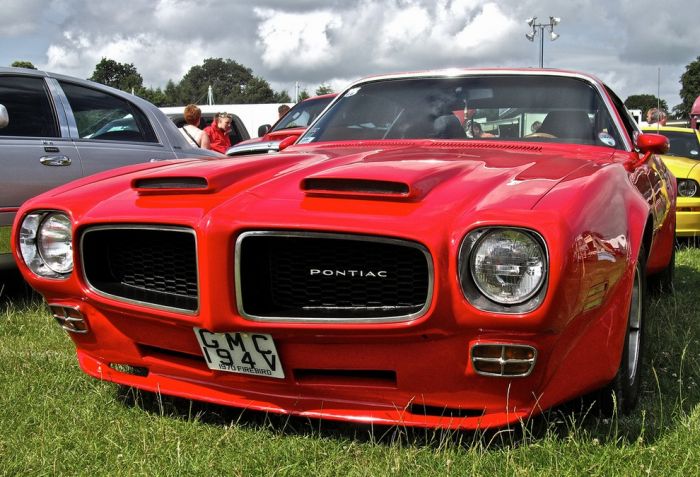|
|
American Automobile Industry
|
By 1969, imports had increased their share of the U.S. auto market, with Volkswagen selling 548,904 vehicles, followed by Toyota with 127,018 vehicles. In response to this, the domestic auto makers introduced new compact and sub-compact cars, such as the Ford Pinto and Maverick, the Chevrolet Vega, and the AMC Gremlin, Hornet and Pacer. However, design and manufacturing problems inflicted a number of these cars and led to unfavorable perceptions of the cars.
The auto industry was severely affected by the 1973 oil crisis Arab embargo. Small fuel-efficient cars from foreign automakers took a sharply higher share of the U.S. auto sales market. The federal government initiated fuel efficiency standards (known as Corporate Average Fuel Economy, or CAFE) in 1975, effective as of 1978 for passenger cars, and as of 1979 for light trucks. For passenger cars, the initial standard was 18 miles per gallon (mpg), and increased to 27.5 mpg by 1985.
General Motors began responding first to the high gas prices, by downsizing most of their models by 1977. In 1979, the second oil price spike occurred, precipitated by political events in Iran, resulting in the 1979 energy crisis. By 1980, the economy slid into turmoil, with high inflation, high unemployment, and high interest rates. The automakers suffered large operating losses. Chrysler was hurt most severely and in 1979 received a bailout from the federal government in the form of $1.5 billion in loan guarantees, one quick fix was a Detroit-built version of their then-new French (Simca) economy car, the Horizon.
As bold and confident as the Big Three automakers were in the 1950s and 1960s, the American auto makers in the 1970s and 1980s stumbled badly, going from one engineering, manufacturing or marketing disaster to another. Ford reaped a public relations nightmare when it was revealed that the Pinto's gas tank was vulnerable to exploding when hit from behind. Ford knew about this vulnerability but did not design any safeguards in order to save a few dollars per vehicle. They rationalized that the cost of lawsuits would be less than the cost of redesigning the car. GM had a string of miscues starting with the Chevrolet Vega, which developed a reputation for rapidly rusting and having major problems with the aluminum engine. Cadillac damaged their reputation when the four-cylinder Cadillac Cimarron was introduced in 1981 (a gussied-up Chevrolet Cavalier at twice the price) and the "V8-6-4" engine didn't work as advertised. GM's reputation was also damaged when it revealed in 1977 that they were installing Chevrolet engines in Oldsmobiles, and lawsuits from aggrieved Oldsmobile owners followed. Likewise litigation ensued when a trio of diesel engines, designed from gasoline engines and used in GM cars from 1978 to 1985 suffered major problems. Class action lawsuits and efforts from the Federal Trade Commission resulted in buybacks of the cars from GM. Chrysler also suffered damage to its reputation when its compact cars, the Plymouth Volaré and Dodge Aspen, were developed quickly and suffered from massive recalls and poor quality.
|
|









